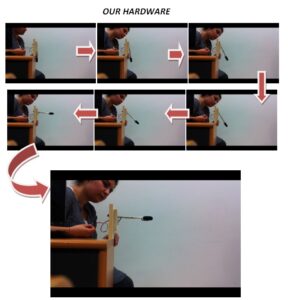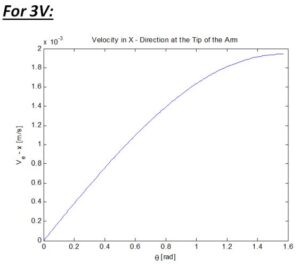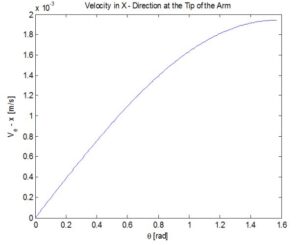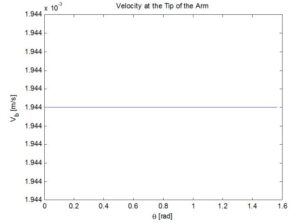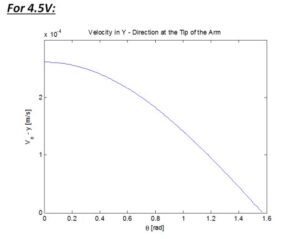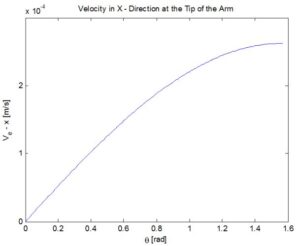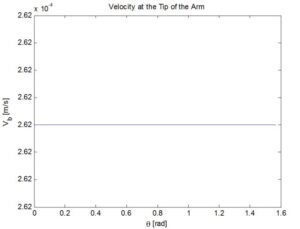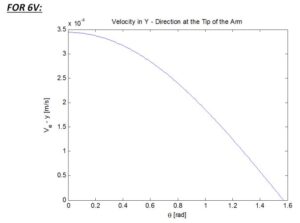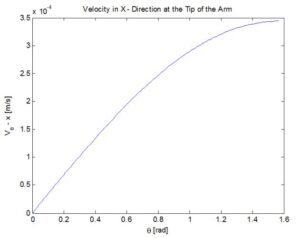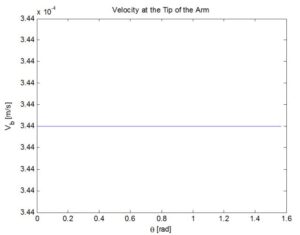TEAM MEMBERS
Semih ALAPALA
Hakan İMAMOĞLU
The landing gear is designed to support the weight of the aircraft and withstand at high velocities at touch down.
Retracting landing gear were not a completely new idea in the 1920s. J.W. Wartin’s Kitten, built in 1917, had retractable gear (but could not actually fly). The Dayton Wright RB-1 of 1920 and the Verville Sperry R-3 of 1922 also had retractable gear. But these aircraft were rarities and most airplanes had fixed landing gear at the end of metal struts because they were easy to design, strong, and relatively lightweight.
The aim of this project is our theoretical learning that what we learn in MECH 206 to practice and use them in the real life and solve real problem in daily life.
This project report present the kinematic analysis of the mechanism and the relation between acceleration and forces by using Newton Second Law.
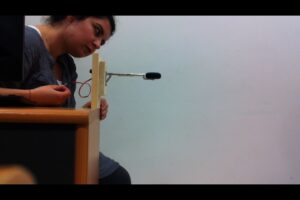
A_ We search some example of landing gear and how does it work and its system
B_ then we provide landing gear set
C_ We model it on the UniGraphics N.X 7.5
D_ After the our modeling we analyses landing gear kinematic analysis
E_ with MATLAB we find graph of our analysis
Conclusion
This report gives the example of curvilinear motion and making the kinematic analysis. We have some important results. We operated our landing gear with adaptor. It helps us to control the voltage. In our analysis we use 3V, 4.5V and 6V, and with all this different voltage we found different result. In our device there is some errors, For example, when we measure the time of open the landing gear and closed the landing gear there are some different result with same voltage. In our observation when the voltages are increasing our errors which are measurements of opening time and closed time.
